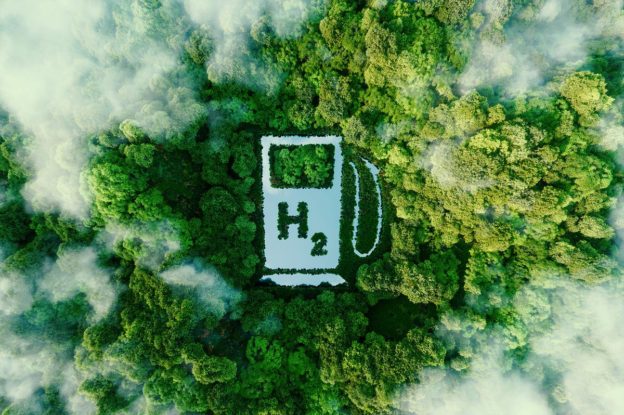The future of global hydrogen is looking brighter as India, this week, presented a $2 billion subsidy scheme to push domestic hydrogen fuels, and Rystad Energy foresees a 700% growth of global hydrogen pipelines by 2035. Without an increase in hydrogen transport infrastructure, most projects will still face an uphill battle. The Indian government is implementing a $2 billion scheme to support green hydrogen fuel producers. As part of the plan, parties will receive a 10% incentive on their costs, awarded through a competitive bidding process. The incentives will taper down annually, and the bidding scheme will be open to companies already producing hydrogen and ammonia or having renewable energy plants. The government expects to award around 130 billion rupees for the production of green hydrogen and the rest of the financial incentive will be used to support the manufacturing of electrolyzers. India’s overall cost of producing green hydrogen is expected to be around 300 rupees per kilo (U.S.$ 3.70), and they hope to produce 3.6 million tons of green hydrogen in the next three years.
The Indian government aims to have 50% of its installed power generation capacity by 2030 from non-hydrocarbon fuels and reach its net-zero goals by 2070. The bidding scheme is expected to attract interest from a long list of Indian companies. The government also plans to support the manufacturing of electrolyzers with an incentive fixed at 4,440 rupees (U.S. $54) per kilowatt, and they hope to support around 3000MW of annual electrolyzer capacity for five years.
Related: The One Catalyst That Could Keep Oil From Hitting $100
A report by CapGemini Research Institute shows that 62% of global heavy industry companies are looking at low-carbon hydrogen to replace carbon-intensive systems. Energy and Utilities (E&U) companies expect low-carbon hydrogen to meet 18% of total energy consumption by 2050. The report highlights the need to unlock investment across the hydrogen value chain, notably to develop hydrogen infrastructure, cost-effective electrolyzers, and fuel cells. The report indicates that low-carbon hydrogen could meet up to 55% of hydrogen mix totals by 2050. On average, 0.4% of total annual revenue is earmarked for low-carbon hydrogen by E&U organizations by 2030, in particular, for hydrogen energy transport and distribution, production, and R&D. Organizations must establish the right collaboration throughout the value chain, secure their offtake, develop hydrogen-competence centers, and harness technologies like simulations, digital twins, and traceability solutions to scale their low-carbon hydrogen initiatives successfully.
On the demand side of things, the lion’s share of demand is expected from traditional hydrogen users such as the petroleum refining industry, chemicals, and fertilizers: 94% of petroleum refining organizations anticipate a significant impact on their industry by 2030; similarly, 83% of chemicals and fertilizer companies expect a comparable effect. The participants in the Capgemini survey indicated that they expect that new applications like heavy-duty transportation, aviation, and maritime will increase demand for hydrogen. All participants, however, still see major constraints for hydrogen applications in the abovementioned sectors, especially in production, engineering, and infrastructure. These indicators are also being addressed in a new report by Norwegian consultancy Rystad Energy, although the consultancy is more optimistic about these bottlenecks. Rystad stated that due to the fact that hydrogen pipelines will be “far better” than vessels at moving hydrogen over short- and medium-range distances in the years ahead, the emphasis should be put on expanding global green hydrogen pipeline infrastructure.
Operational and planned hydrogen pipeline projects

Image: Rystad Energy Hydrogen Solution
The future looks bright, as Rystad foresees that global hydrogen pipeline projects are expected to increase by 700% over the next 12 years. At present, 90% of the 4300 km of pipelines are in Europe and North America. Worldwide, there are about 91 planned pipeline projects on paper and in the early phases of development, with 30,300 km set to go online by around 2035.
By Cyril Widdershoven for Oilprice.com
https://oilprice.com/Alternative-Energy/Renewable-Energy/India-Looks-To-Kickstart-Hydrogen-Production-With-2-Billion-Plan.amp.html





